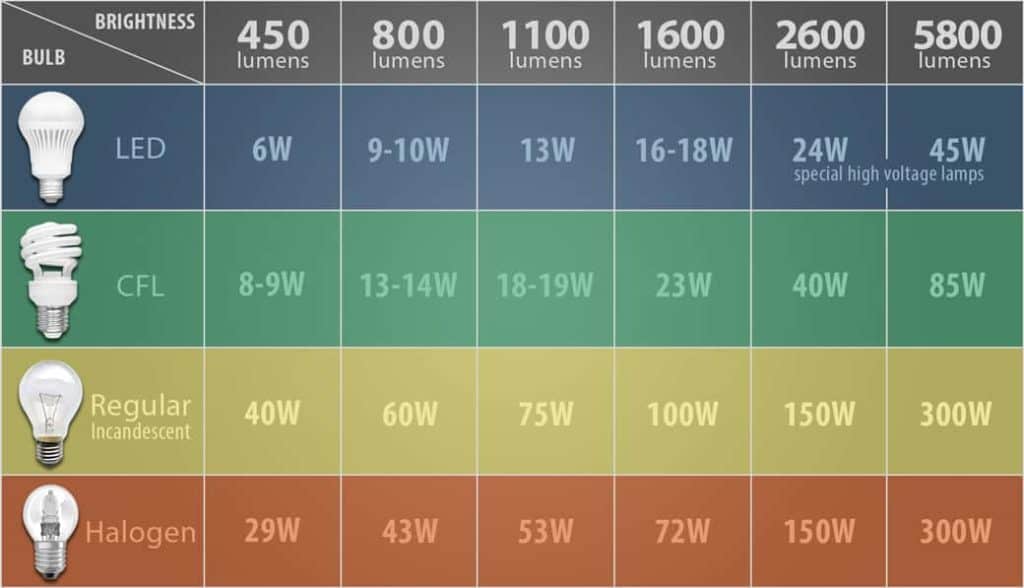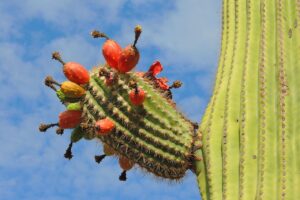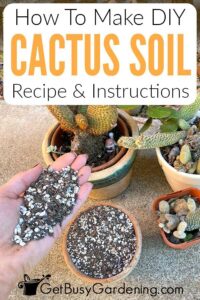In the verdant realm of horticulture, light acts as the very lifeblood of photosynthesis, akin to a gentle sunbeam that awakens dormant seeds into resplendent blooms. When delving into indoor gardening, the role of grow lights becomes paramount, particularly when considering lumens. Specifically, a 5000 lumens grow light offers a radiant promise for nurturing your greenery, embodying an artificial sun that could lead your plants to thrive. Understanding how to select the right grow light amidst the glowing options can transform your indoor gardening experience into a flourishing success.
Choosing the Right Spectrum: The Color of Light Matters
Just as a painter selects the perfect palette to evoke emotion on canvas, the spectrum of light emitted by your grow light will dramatically influence plant growth. Plants are extraordinary organisms, possessing the uncanny ability to absorb specific wavelengths of light. The most critical colors stretch across two vital spectrums: blue and red. Blue light invigorates vegetative growth, prompting lush leaves and sturdy stems, while red light serves as a catalyst for flowering and fruiting. A 5000 lumens grow light often straddles these spectrums, providing a balanced mix conducive to healthy plant development.
The allure of a full-spectrum grow light emerges from its ability to closely mimic natural sunlight. These lights emit wavelengths in the 400-700 nm range, promoting photosynthesis and enhancing plant metabolism. Imagine your plants basking under a sun that not only nourishes but also invigorates their very essence. Thus, selecting a light that boasts the spectrum richness, while efficiently delivering lumens, is akin to gifting your plants a taste of the great outdoors from the comfort of your home.
Types of Grow Lights: From LED to HID – Lighting Choices
As we venture deeper into the realm of artificial illumination, one must navigate through a multifaceted array of grow light types. High-Intensity Discharge (HID) lights, Compact Fluorescent Lights (CFL), and Light Emitting Diodes (LED) each present unique advantages and challenges. Among these, LED grow lights rise like a phoenix, acclaimed for their energy efficiency and long lifespan.
When considering a 5000 lumens grow light, LEDs typically occupy the spotlight. With their narrow wavelength output, they emit precisely the light that plants crave without wasting energy in unnecessary spectrums. This remarkable efficiency allows growers to maintain cooler temperatures, reducing heat stress on delicate foliage and ensuring a harmonious growing environment.
CFL lights, while cheaper upfront, often falter in providing the lumens necessary for optimal growth. Conversely, HID lights emit copious amounts of lumens, yet they demand greater energy consumption and generate more heat, often requiring additional cooling solutions. In contrast, the sleek, modern functionality of LEDs seamlessly integrates into contemporary spaces and delivers ample lumens without excessive energy waste. Choosing a grow light is not just about brightness; it’s akin to selecting the perfect tool for your artistic vision.
Adjusting Light Duration: Timing is Key
As the sun traverses across the sky, so too must your grow lights be regulated for optimal plant growth. Understanding the timing and duration of light exposure is integral to plant health. Typically, most indoor plants require about 12 to 16 hours of light per day during their growing phase, fluctuating to about 8 to 10 hours during the flowering stage. This cyclical exposure mimics the natural rhythms of day and night, allowing plants to undergo vital metabolic processes.
With a 5000 lumens grow light, the ability to precisely time your lighting schedule becomes a vital asset in the symphony of growing. Utilizing programmable timers can help mimic the changing light conditions of the seasons, allowing your plants to flourish. This concept echoes nature’s own cycles, where the delicate interplay of light and darkness informs everything from germination to fruiting. Providing your plants with the right light duration is akin to keeping their internal clock synchronized with the rhythm of the earth.
Additional Considerations: Space and Placement
Beyond lumens and spectrum, the intricacies of your growing environment also play a pivotal role. Determining the area to be illuminated by your 5000 lumens grow light requires a meticulous assessment of spatial dynamics. The distance between the light and the plants, as well as the coverage area, must be carefully considered. Too far away and the light becomes a mere whisper, too close and you risk scorching tender leaves.
Height, arrangement, and airflow contribute to an optimized growing environment. Strategically positioning your light can create microclimates, ensuring that every plant within the area receives adequate light exposure while preventing the detrimental effects of heat accumulation. As with any garden, a holistic approach is required, where the interplay between light, air, and soil harmonizes to create the ideal habitat for verdant growth.
In conclusion, the journey towards selecting a 5000 lumens grow light entails a tapestry woven of intricate decisions. From the spectrum of light to the types of fixtures available, each thread must be thoughtfully considered in the context of your unique gardening aspirations. This pursuit not only propels the growth of your plants but also cultivates a serene connection between you and the blossoming world of flora. In mastering the art of artificial light, you may just find that your indoor garden transforms into an enchanting oasis, brimming with life and color.





Leave a Comment